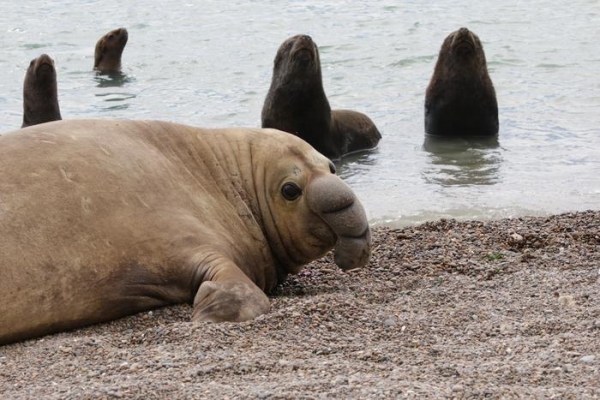The sounds of barking elephant seals are again in the air along the breeding grounds of Península Valdés, Argentina—but it’s quieter. Roughly a year after a massive outbreak of H5N1 highly pathogenic avian influenza killed more than 17,000 elephant seals, including about 97% of their pups, scientists estimate that only about a third of the elephant seals normally expected here returned.
“It’s beautiful to walk the beaches now and hear elephant seals again,” said Marcela Uhart, director of the Latin America Program at the UC Davis Karen C. Drayer Wildlife Health Center within the UC Davis School of Veterinary Medicine. “At the same time, we’re walking among piles of carcasses and bones, and seeing very few elephant seal harems, so it’s still disturbing.”
A study, published today in the journal Nature Communications and co-led by UC Davis and the National Institute of Agricultural Technology (INTA) in Argentina provides evidence of mammal-to-mammal transmission during the 2023 outbreak. It found that H5N1 spread efficiently among marine mammals. The outbreak in elephant seals was a stepping stone amid the first transnational spread of the virus in these species, extending across five countries in southern South America.
Read more at: University of California - Davis
A subadult male elephant seal can be seen near sea lions in October 2024. Subadult elephant seals and sea lions frequently intermingle at rookeries along Península Valdés in Argentina. Close contact between pinniped species may have facilitated the spread of HPAI in 2023. (Photo Credit: Ralph Vanstreels, UC Davis)
Top Stories Sci/Tech Wildlife

